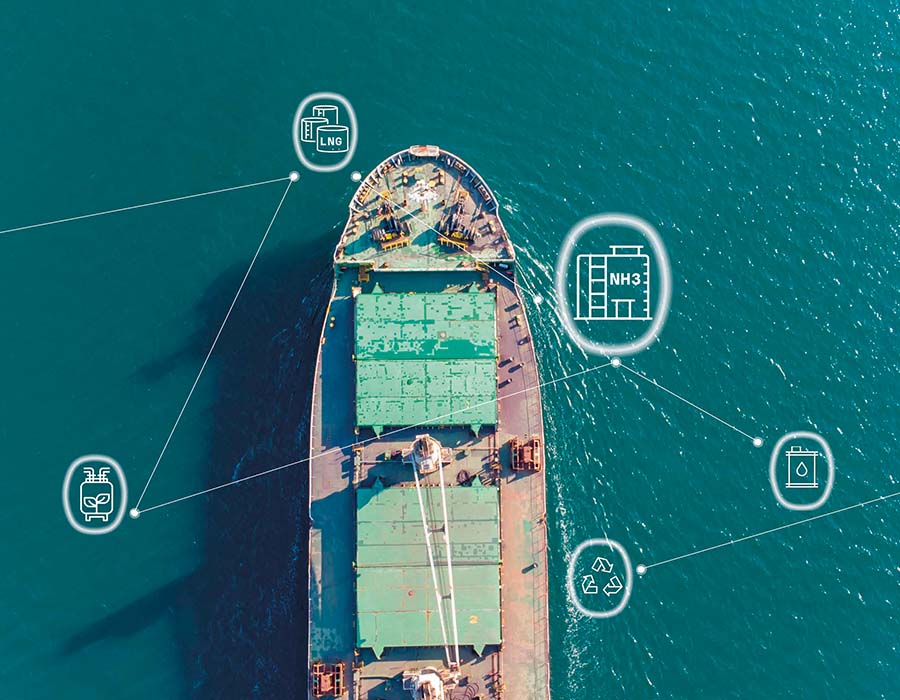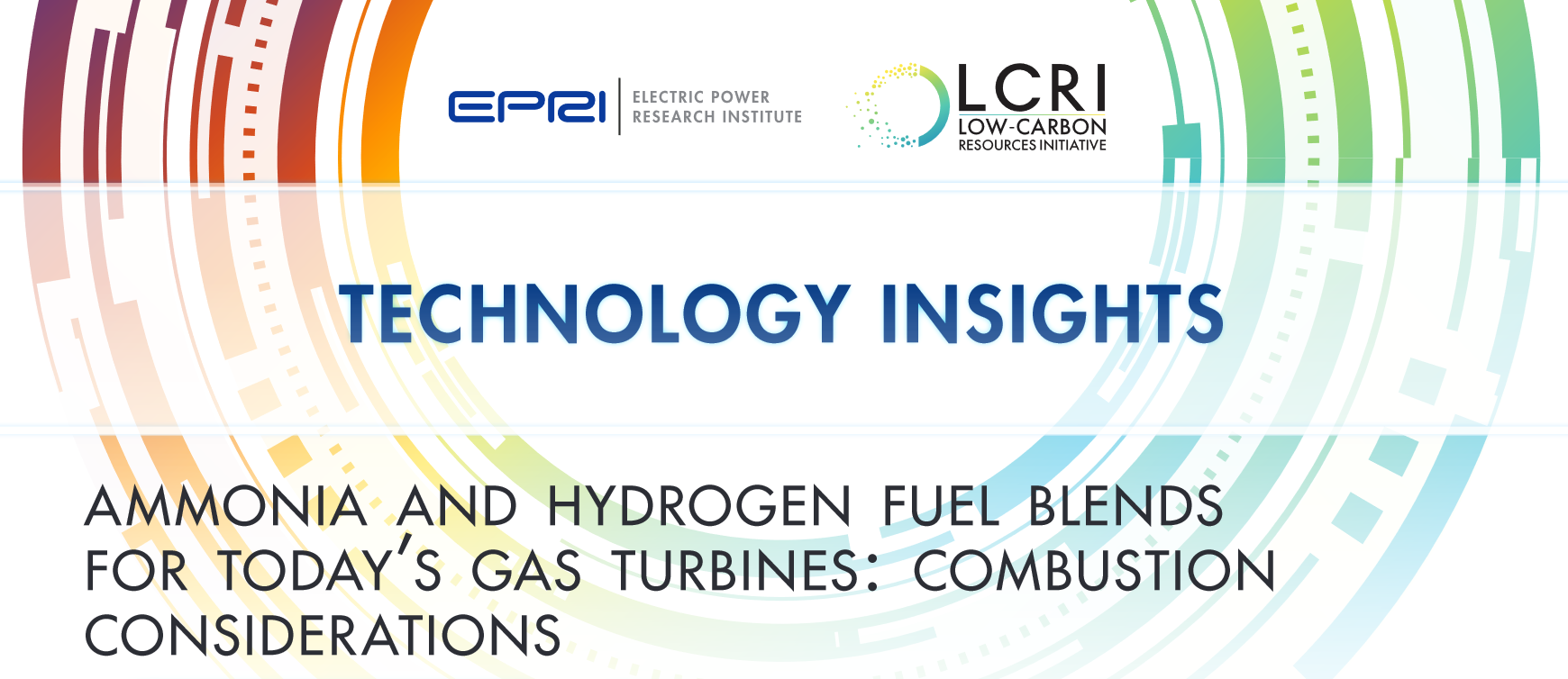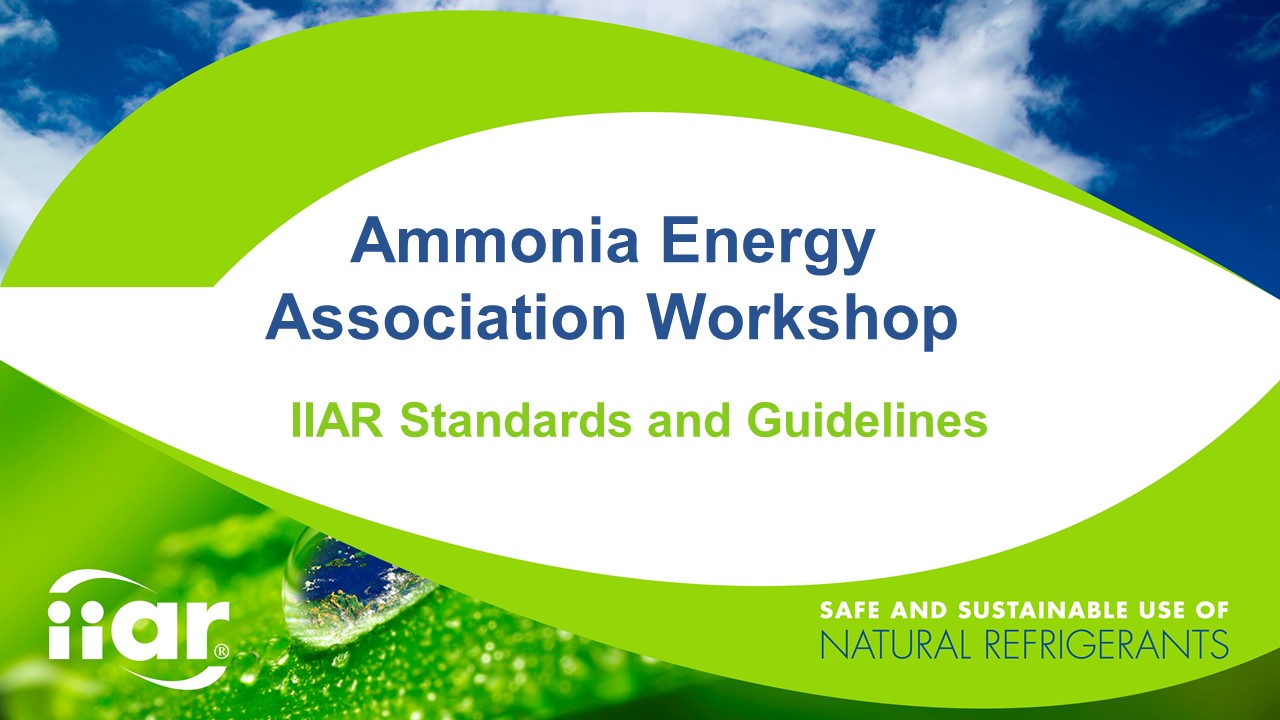Ammonia Energy Live May: Origin Energy’s decarbonisation journey
This May we presented a new episode in our monthly webinar series: Ammonia Energy Live. Every month we’ll explore the wonderful world of ammonia energy and the role it will play in global decarbonisation - with an Australian twist. For May’s episode we welcomed Sarah Tincknell, Stakeholder and Regulatory Manager of the Future Fuels Division at Origin Energy. Sarah joined us to share some of the experiences and learnings Origin Energy has gone through on its decarbonisation journey to date, and give us some insights into what emissions reduction looks like at an electricity generator and retailer. And, of course, we wanted to find out where ammonia and hydrogen fit into Origin's long term plans for decarbonisation. Sarah was interviewed by Emily Heenan, (Process Engineer, also in the Future Fuels Division at Origin), and Jacinta Bakker (Senior Research Coordinator at Jupiter Ionics).






